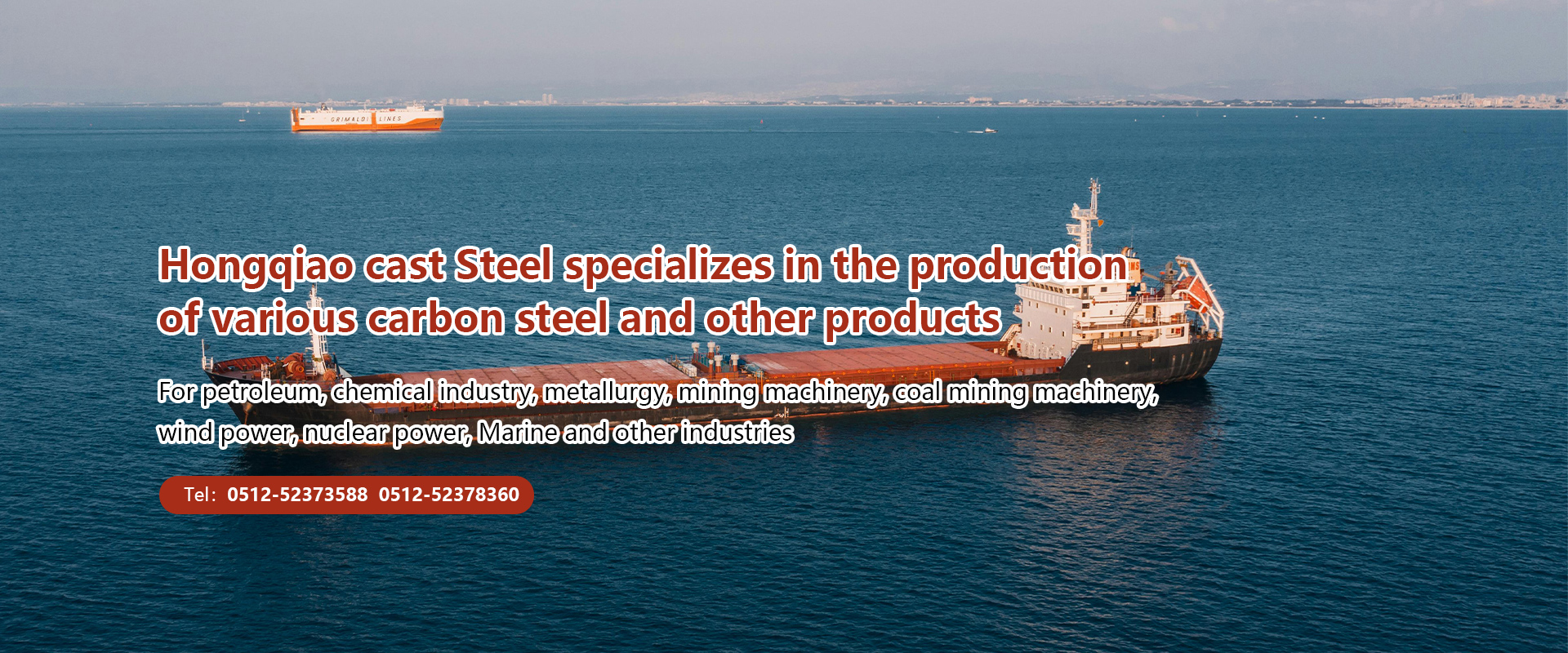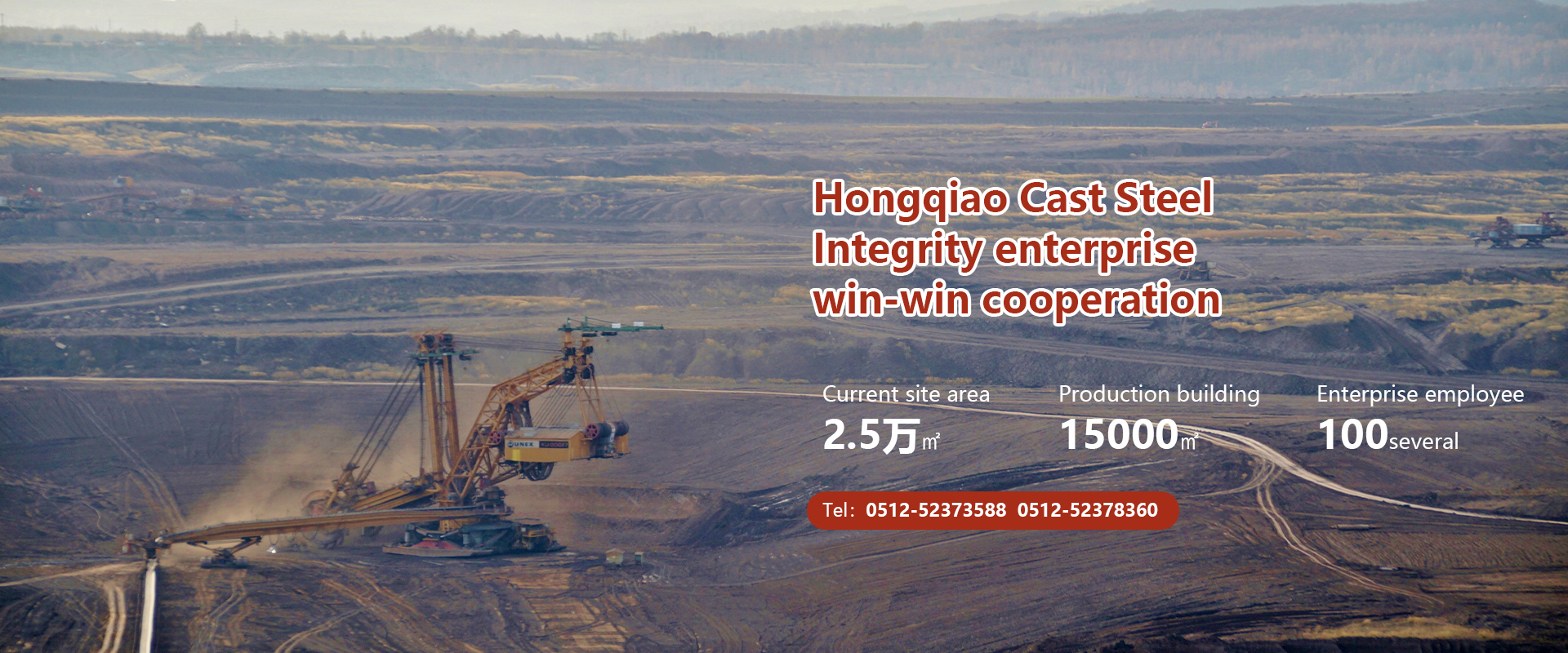Cracks are serious defects that make castings obsolete. The welding rate of weldable alloy castings such as steel castings is high, and the consumption of welding rods is large. Casting steel welding repair rate is high, welding rod consumption is a reflection of high crack defect rate, if the internal crack of the casting is not exposed, it is a serious hidden trouble defect, will make the casting failure in use, resulting in serious losses. The crack of steel castings is a headache in the foundry. It has always been one of the bottlenecks restricting the quality and production efficiency of the foundry castings. Therefore, the key to solve this problem is to understand the mechanism of the crack of steel castings and take corresponding preventive measures.
Steel casting cracks can be used after welding repair, but this increases the workload and reduces the work efficiency. To this end, our company attaches great importance to it and decided to thoroughly find out the reasons, and effectively rectify the reasons to avoid such problems.
(1) After the original gas cutting riser process steel casting is cleaned out from the sand mold, the riser will be gas cut off when it is reduced to a certain temperature, and the remaining riser height will be about 35mm. Then, when the temperature of the cast steel is reduced to room temperature, the cast steel is stress-relieved annealing treatment, and then the cast steel is shot blasting treatment, and finally the cast steel is transferred to the roughing shop to mill off the remaining risers. After the completion of these processes, it enters the normal machining process. Using this gas cutting riser technology, the above crack phenomenon has never occurred, but the remaining riser needs to be machined out, and the production efficiency is low.
(2) To optimize the process flow, the roughing process will be cancelled, and the remaining riser will not be milled out. Therefore, the height of the gas cutting riser is the same as the height of the raw surface of the steel cast, or 2-3mm higher than the blank surface of the steel cast, and then the stress relief annealing treatment is carried out on the steel cast. After the annealing process is completed, the cast steel is cleaned by shot blasting, and then the normal machining process is entered. As a result, cracks occur at the riser, that is, cracks occur on the processing surface where the riser is located.
In view of the above phenomenon, the gas cutting riser technology is adjusted. After careful analysis, we agreed that: first of all, the cracks appear in the nozzle area, mainly because after adjusting the gas cutting nozzle process method, in the gas cutting nozzle, all the gas cutting nozzle is removed at one time, so that the oxygen acetylene flame is too close to the surface of the steel casting, resulting in the expansion of each part of the steel casting due to local overheating, so that the steel casting cracks. Secondly, all the risers are gas cut off at one time. At this time, the position of the cast steel in the annealing furnace is not the same, resulting in uneven heating of the cast steel, which causes the temperature expansion and contraction of each part to be inconsistent, resulting in cracks in the cast steel.
In view of the causes of cracks, we take the following measures:
First, after the cast steel is cleaned out from the sand mold, two gas cuts are taken when the gas cutting riser is reduced to a certain temperature. After the first gas cutting of the riser, the height of the remaining riser is about 35mm away from the blank surface of the steel casting. After the steel casting is completed stress relief annealing treatment to eliminate the casting stress, the secondary gas cutting riser will be gas cut off, even if the height of the riser is the same as the height of the blank surface of the steel casting or 2-3mm higher than the blank surface of the steel casting. The cast steel is then treated with shot blasting, and then enters the normal machining process.
Second, when the steel casting is stress-relieving annealing, the distance between the steel casting and the annealing furnace wall, as well as each steel casting, is adjusted to make the steel casting uniformly heated in the furnace.
In order to prevent the casting from producing such cracks, in addition to the heat treatment process should be reasonable, the placement of the casting in the heat treatment and the appropriate heating rate are also very important. Before heat treatment of castings, residual stress exists in the as-cast state. If there is residual stress in the casting state before heat treatment during furnace loading. If, when loading the furnace, the placement of the castings makes there is not enough heating space between the castings, and the heating rate is fast, heat treatment cracks may occur.
Through the implementation of the above measures, it is proved that our analysis of the cause of crack is correct, and the measures taken to prevent crack are reasonable.
Changshu Hongqiao Cast Steel Co., Ltd. mainly produces various specifications of carbon steel, high, middle and low alloy steel, stainless steel, heat-resistant steel, high manganese steel, high chromium cast iron. For petroleum, chemical industry, metallurgy, mining machinery, coal mining machinery, wind power, nuclear power, Marine and other industries to provide high-quality steel casting, and export abroad. ABS Marine engineering service Marine steel casting custom steel casting custom BOP steel casting production





